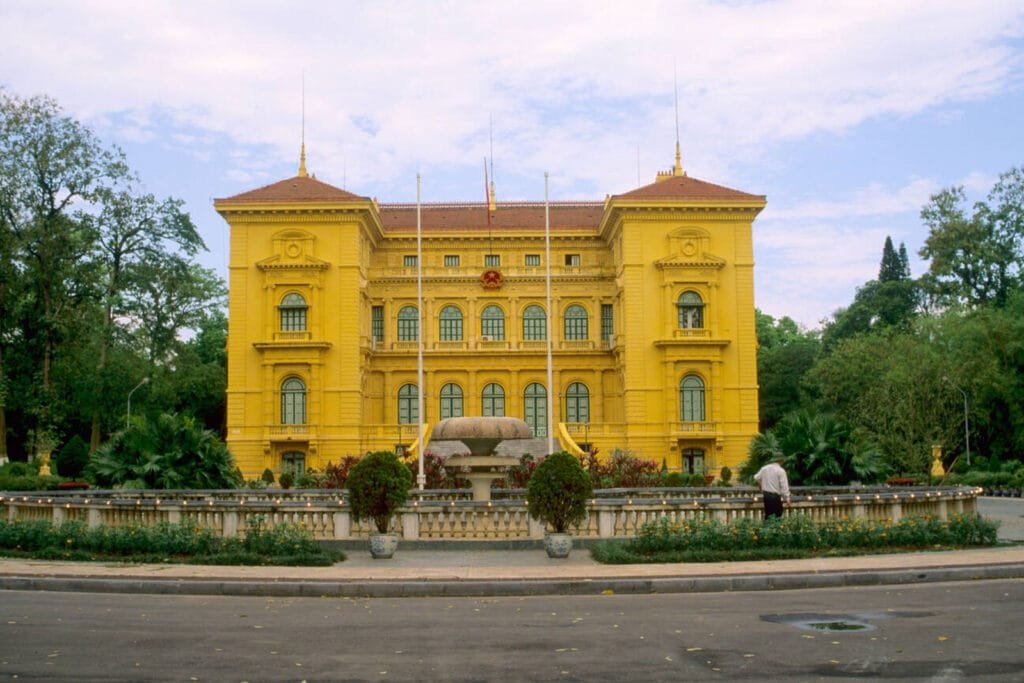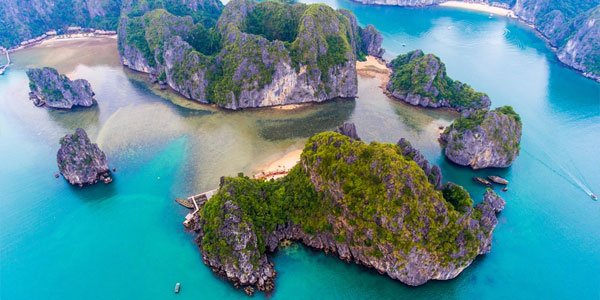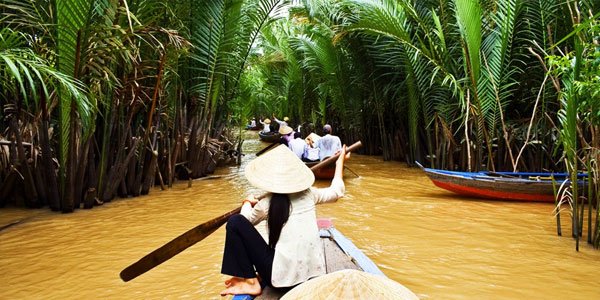Presidential Palace
Presidential Palace
The President of the Socialist Republic of Vietnam works from the Presidential Palace in Hanoi. The structure is located near the Ho Chi Minh Mausoleum and Ba Dinh Square in Ho Chi Minh Complex in Hanoi. When heads of state or government leaders visit Vietnam, welcome ceremonies are held here as well.

The Presidential Palace in Hanoi is one of the largest French colonial palaces, and has 30 bedrooms, each decorated differently, like many French colonial structures, incorporates completely Euro-style elements such as aedicules, a formal piano nobile reached by a grand staircase, broken pediments, classical columns, and quoins. The only hint of Vietnam is the abundance of mango trees in the garden and the palace’s yellow lime paint.
The Presidential Palace became a commemorative relic of President Ho Chi Minh after his death on September 2, 1969, and is regarded as the most important relic in the Ho Chi Minh Complex. So far, the Presidential Palace in Hanoi remains a working environment for the President, and important government activities and events continue to take place there.
The Presidential Palace in Hanoi is surrounded by a historical complex, and nearby are the President Ho Chi Minh Mausoleum, Ho Chi Minh Museum, and One Pillar Pagoda. As a result, tourists should not miss out on visiting this special and meaningful location while visiting the Ho Chi Minh Complex and taking a city tour of Hanoi.
How to travel to The Presidential Palace?
The Presidential Palace in Hanoi is not open to the public for free viewing, but visitors can purchase a ticket to visit the garden, which is open from 7:30 a.m. to 11 a.m. and from 2 p.m. to 4 p.m. during the summer and from 8 a.m. to 11 a.m. in the winter.




